Porsche Only Option Against U.S. Tariffs: Raise Prices
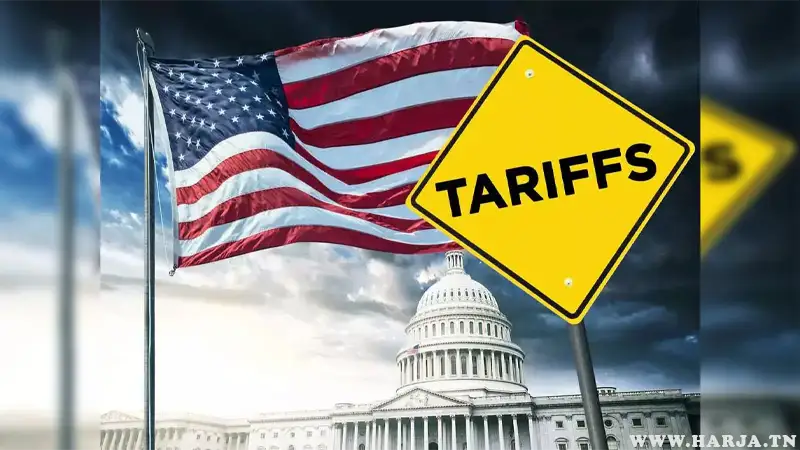
Porsche is currently facing a difficult period, and investors are growing increasingly concerned. The company has revised its annual outlook due to several compounding challenges: declining demand for Porsche vehicles in China, slower global adoption of electric vehicles, and new tariffs introduced by the U.S. government. The Taycan had previously enjoyed strong popularity in the U.S., but increasing competition from local brands—offering comparable or better performance and features at lower prices—has made maintaining market share difficult.
Porsche Refuses to Shift Production to the U.S.
Despite mounting pressure, Porsche has no plans to move production to the United States, as confirmed by the company’s CFO, Jochen Breckner, in a recent quarterly report. He stated that Porsche’s relatively small production volumes do not justify the cost of establishing manufacturing operations in the U.S.—even if the company could leverage Volkswagen’s existing facilities in Tennessee (where VW EVs are built) or South Carolina (where the Scout brand is being revived).
As a result, Porsche will continue to absorb the impact of the 25% U.S. tariffs on imported vehicles while maintaining its commitment to European manufacturing, which the brand views as a symbol of quality and a core part of its premium image.
Price Hikes Are on the Horizon
Porsche estimates that the tariffs could lead to a financial hit of up to €100 million (around $114 million) across April and May. So far, Porsche has not increased its U.S. prices to offset these costs, but price hikes are inevitable if the tariffs remain in place. This is especially relevant considering Porsche customers often add options that exceed the value of the tariffs themselves.
Breckner confirmed that prices will go up if the situation doesn’t change, although he did not provide a timeline. The company has already increased the base price of the 911 Carrera by 7% compared to the previous model year—though this change is reportedly unrelated to the tariffs.
Earnings Forecast Adjusted
Previously, Porsche had projected a profit margin between 10% and 12%, but has now lowered it to a range of 6.5% to 8.5%. Despite the drop, the company still expects to remain profitable. Revenue projections have also been revised downward, with new estimates between $42.1 billion and $42.9 billion, compared to the earlier upper limit of $45 billion.
A significant part of this revenue pressure stems from a 42% drop in sales in China during Q1 2025. In response to the broader slowdown, Porsche has canceled a planned expansion of high-performance battery production at its Cellforce subsidiary.




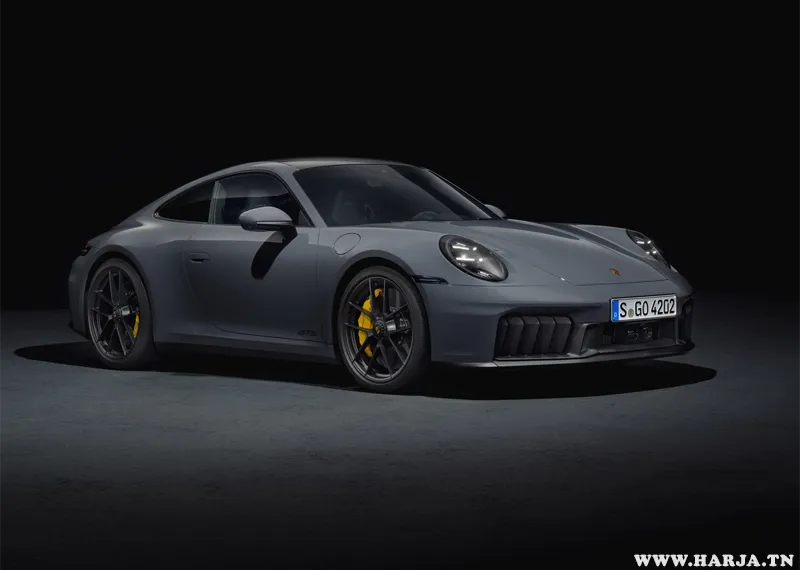
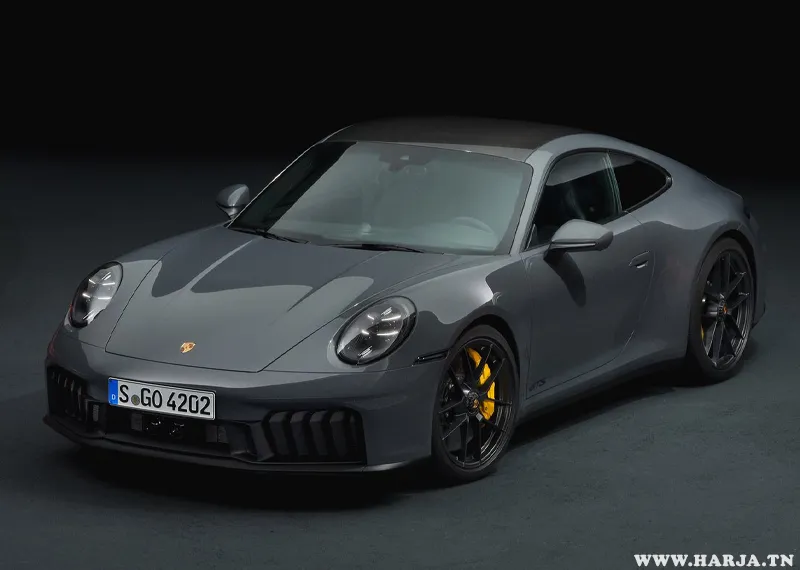
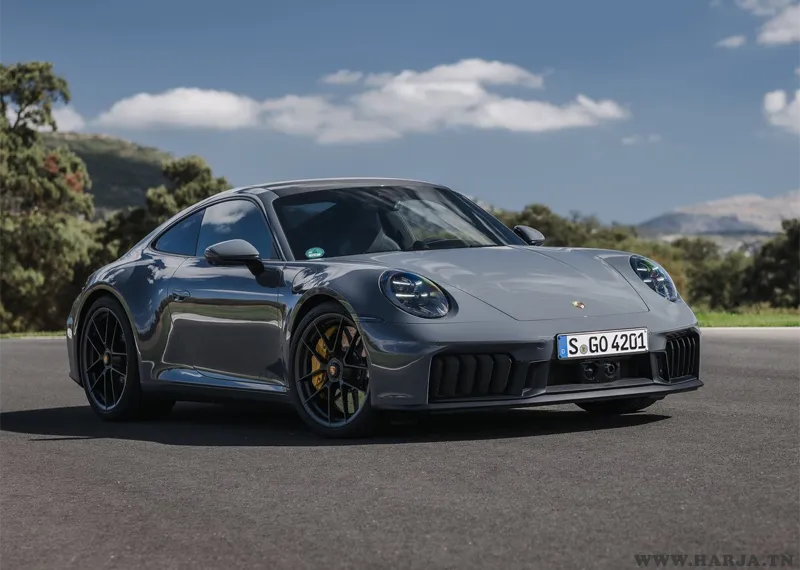
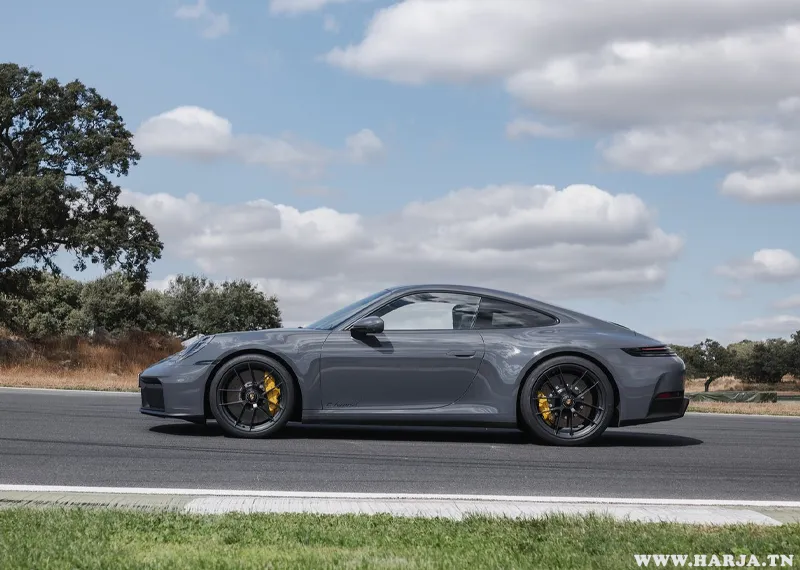
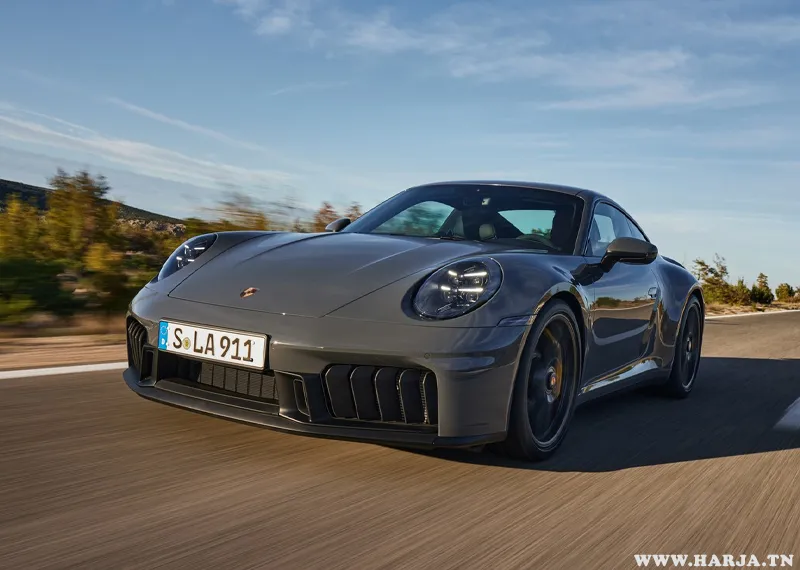
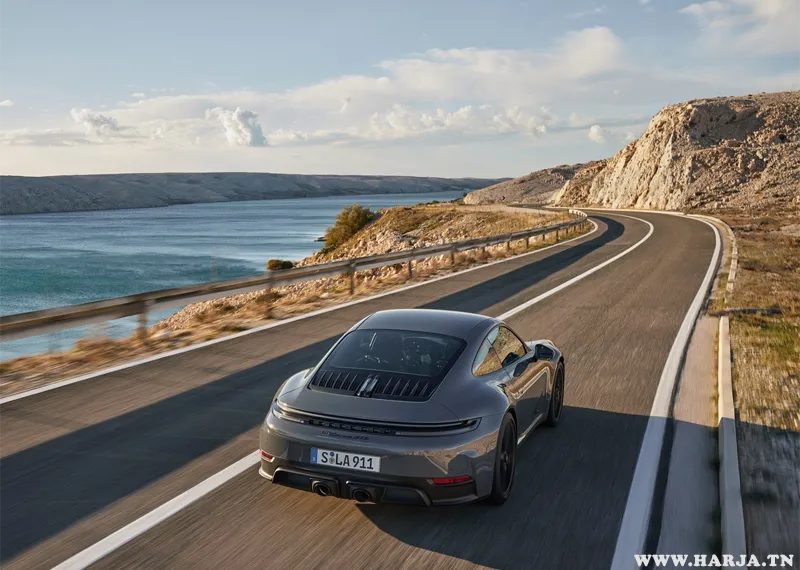

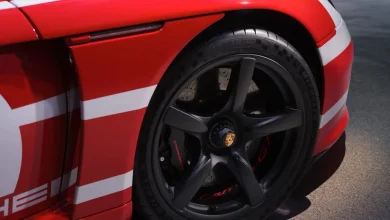

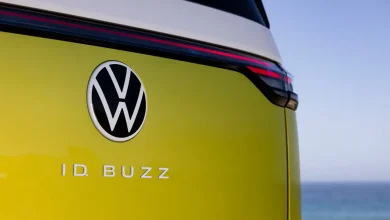
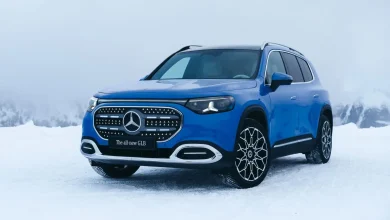

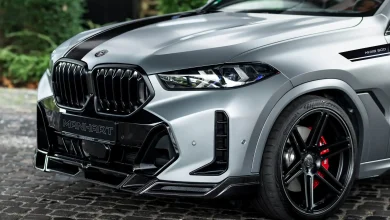

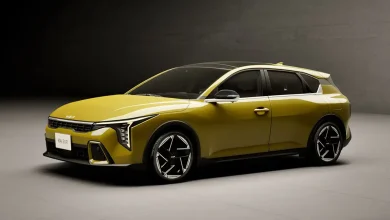
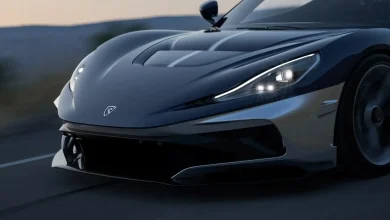

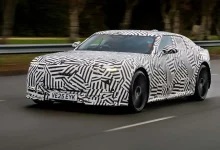
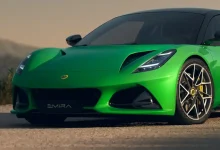
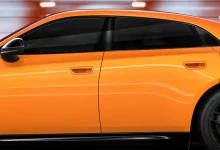
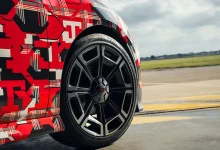
One Comment